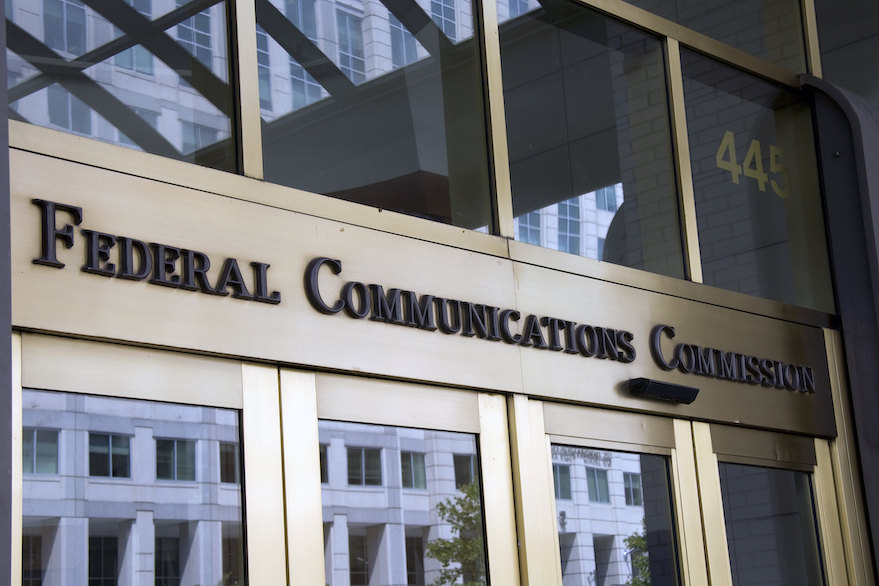The rapidly evolving space industry is fast outpacing regulatory regimes, which did not anticipate unprecedented demand for building businesses in non-geostationary orbit (NGSO).
Roughly 17,000 satellites will launch to mainly NGSO between 2021 and 2030, according to the latest research from analysts at Euroconsult, compared with around 3,800 spacecraft across all orbits over the previous decade.
A growing risk of in-orbit collisions aside, these record numbers pose new challenges for keeping the increasingly crowded space environment operationally viable.
As part of efforts in the U.S. to bring regulation up to speed, the Federal Communications Commission is proposing revising rules governing how fixed-satellite service operators in NGSO share congested spectrum to avoid interference.
A notice of proposed rulemaking (NPRM) released Dec. 15 seeks changes that would initially strengthen spectrum rights for NGSO constellations that were awarded licenses — or U.S. market access authority — ahead of others before potentially phasing out those protections.
The changes follow a petition in 2020 from SpaceX, operator of the biggest NGSO constellation Starlink, which called on the regulator to clarify or revise spectrum rules.
There is currently no rule specifically ordering NGSO operators to protect services of constellations included in earlier FCC processing rounds, for instance.
As a general matter, all companies in a processing round have the same equal right to access the spectrum being awarded. The FCC requires parties to coordinate in good faith, and if they can’t reach an agreement, they have to share the spectrum.
How they share the frequencies is tied to factors that include when an NGSO system is first launched and capable of operating in the frequency band under consideration.
However, the current rules do not account for the possibility that NGSO operators could launch satellites and start services faster than competitors that were awarded licenses, or U.S. market authority, in earlier processing rounds.
The FCC’s NPRM first proposes that NGSO FSS systems be required to protect those that were in earlier processing rounds and is inviting comments on how they should be forced to do that.
But the FCC is also seeking comments on whether to phase out this first-mover protection after a period of time.
“Right now, these rules grant a first-mover advantage to satellite companies through a spectrum priority,” FCC chair Jessica Rosenworcel said.
“That can be a good thing, especially if it provides early entrants the certainty they need to invest in costly and risky satellite deployments. But it is not a good thing if it shuts out competitors from even entering the space.
“So we ask if the FCC should sunset that first-mover advantage after some time, so that our rules reward investment while also creating the opportunity for new entrants to achieve a level playing field.”
SpaceX, which secured a license for Starlink through the FCC’s 2016 NGSO FSS processing round, did not respond to a request for comment.
A spokesperson for Amazon, which is developing the Project Kuiper megaconstellation that secured a license in the FCC’s 2020 processing round, said the company welcomes the FCC proposal to update rules and clarify spectrum access rights of new and existing satellite operators.
However, Katherine Gizinski, CEO of ManSat, a firm focused on international spectrum regulation, said: “We have concerns about the impact these changes will have on innovative new entrants and strongly advocate for a collaborative process that involves the voices of all stakeholders when it comes to changing regulation at the national, regional, and international levels.”
The FCC will initiate a 60 day public comment period once the NPRM appears in the Federal Register, with reply comments due 30 days later.
The NPRM is just the start of changes the FCC will seek to keep pace with the space industry, Rosenworcel added, as entrepreneurship and competition take hold of a sector that, historically, was strictly the domain of government superpowers.
This article originally appeared in the January 2022 issue of SpaceNews magazine.
